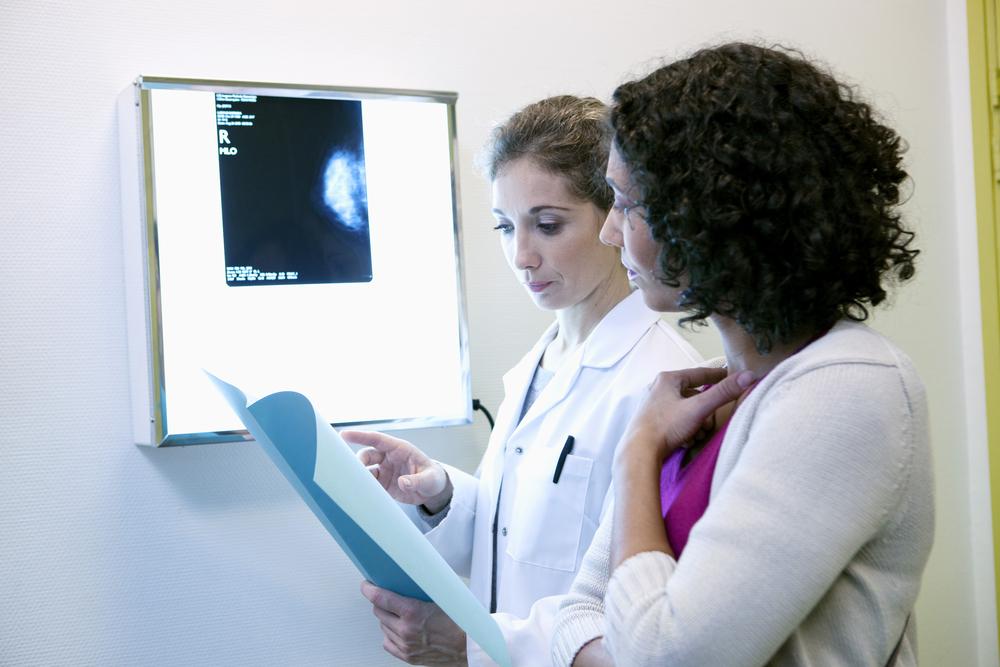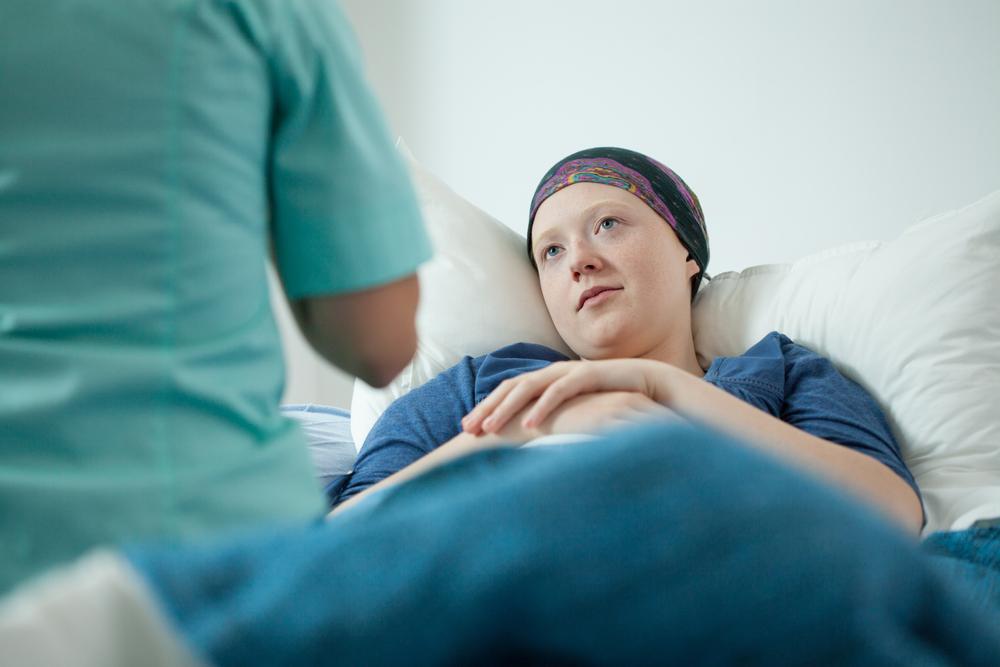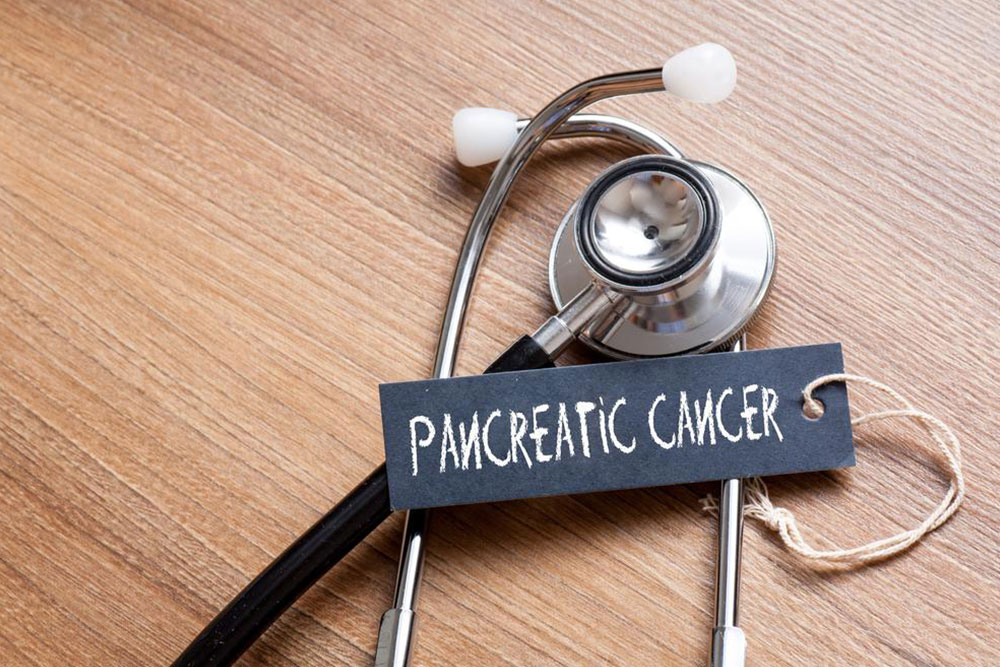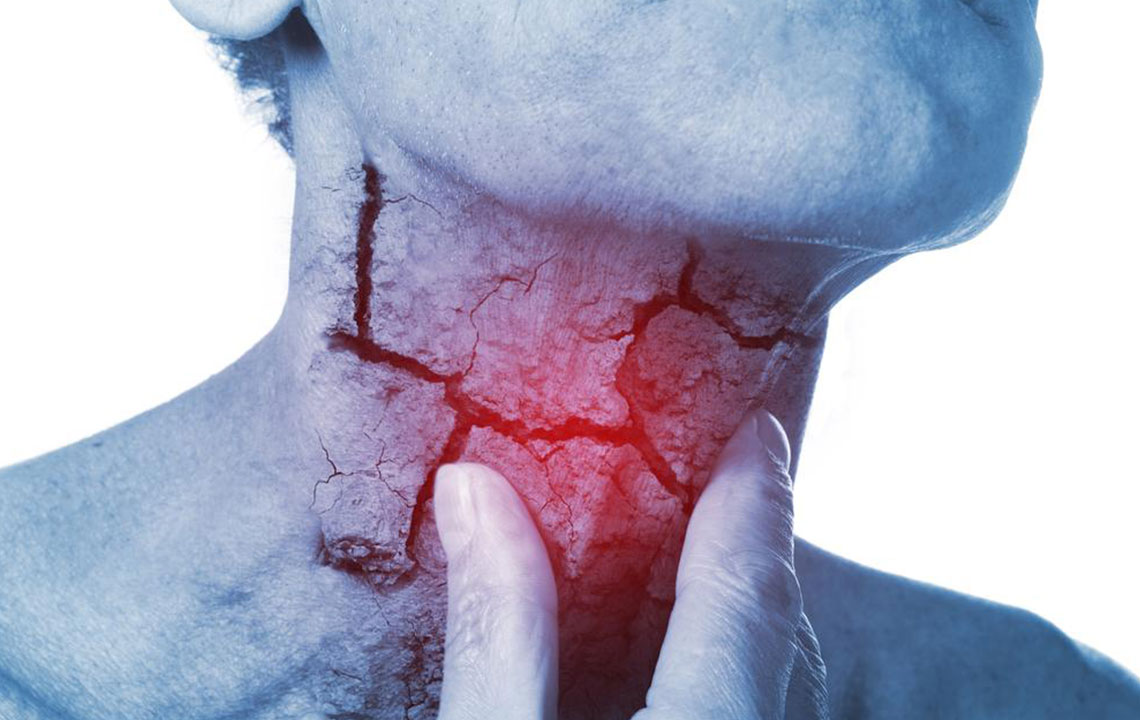Comprehensive Guide to Understanding Breast Cancer: Stages, Symptoms, and Early Detection
This comprehensive guide explores the stages of breast cancer, from early non-invasive forms to metastatic disease. It highlights key signs, symptoms, and the importance of early detection for better treatment outcomes. Understanding these aspects can empower women and men to seek timely medical attention, improving their prognosis and quality of life. With advances in diagnosis and therapies, early intervention remains crucial in managing breast cancer effectively.

Comprehensive Guide to Understanding Breast Cancer: Stages, Symptoms, and Early Detection
Breast cancer is one of the most common types of cancer affecting women worldwide, but it can also occur in men. It begins when abnormal cells in the breast tissue grow uncontrollably, forming a tumor that can invade surrounding tissues and spread to other parts of the body. Understanding the different stages of breast cancer is vital for early diagnosis, effective treatment planning, and improving patient outcomes. This detailed guide explains the progression of the disease, how its stages are classified, warning signs to watch for, and the importance of early detection.
Understanding the Stages of Breast Cancer
Breast cancer staging is a method medical professionals use to describe how far the disease has advanced. It considers three crucial factors: the size and invasiveness of the tumor (T), whether cancer has spread to lymph nodes (N), and whether there are metastases to other parts of the body (M). These factors combine to classify the cancer into stages from 0 to 4, guiding treatment options and prognosis predictions.
The staging system helps doctors develop personalized treatment plans, determine the likelihood of successful treatment, and communicate diagnosis effectively with patients. Let's explore each stage in detail to understand how breast cancer develops and progresses.
Stage 0: Non-Invasive Breast Cancer
At this earliest stage, the cancer is confined within the milk ducts or lobules and has not invaded nearby tissues. It’s often referred to as ductal carcinoma in situ (DCIS). Although it’s technically cancer, its non-invasive nature means it's highly curable through surgery and localized treatment if caught early. Detecting breast cancer at stage 0 generally results in excellent prognosis and minimal treatment intervention.
Stage 1: Early Invasive Breast Cancer
Stage 1 is divided into subcategories based on tumor size and lymph node involvement. In stage 1a, the tumor measures at least 2 centimeters, and there is no evidence of cancer in lymph nodes. Stage 1b involves small clusters of cancer cells, between 0.2 and 2 millimeters, present within the lymph nodes or sometimes within the breast tissue itself. Early detection at this stage often leads to more successful treatment outcomes, with options including surgery, radiation, and systemic therapies.
Stage 2: Growing Tumor with Possible Lymph Node Spread
At stage 2, the tumor has grown larger or cancer has begun to spread to nearby lymph nodes. Stage 2a may involve tumors larger than 2 millimeters and involvement of axillary lymph nodes. Alternatively, tumors may be between 2 to 5 centimeters without lymph node involvement. In stage 2b, tumors range from 2 to 5 centimeters but show small clusters of cancer cells in lymph nodes or are larger than 5 centimeters without lymph node spread. Detecting cancer at this stage offers a wider range of treatment options that can include surgery, chemotherapy, targeted therapies, and radiation.
Stage 3: Locally Advanced Breast Cancer
Stage 3 signifies more extensive disease. Stage 3a involves tumors larger than 5 centimeters or multiple small tumors in nearby lymph nodes. Sometimes, the primary tumor may not be very large, but cancer has spread to numerous lymph nodes in the armpit or near the collarbone. In stage 3b, tumors invade the chest wall or skin of the breast, often causing skin changes such as redness, swelling, or ulceration. This stage indicates local advancement but still without widespread metastasis.
Stage 3c is characterized by cancer spreading to ten or more lymph nodes near the collarbone and breastbone, indicating further regional spread. Treatment at this stage often involves a combination of extensive surgery, chemotherapy, radiation, and targeted therapies to control the disease and prevent further spread.
Stage 4: Metastatic Breast Cancer
The most advanced stage, stage 4, involves metastasis—the spread of cancer from the primary breast tumor to other parts of the body, such as the brain, liver, bones, or skin. This stage is also known as metastatic breast cancer. The presence of metastases significantly complicates treatment strategies and generally indicates a need for systemic therapies to prolong life and alleviate symptoms. Although stage 4 breast cancer is not curable, advances in treatment have improved survival rates and quality of life for many patients.
Recognizing the Symptoms of Breast Cancer
Early detection of breast cancer greatly improves treatment success. The most common initial sign is a lump detected during self-examination or by a healthcare professional. These lumps are usually hard, painless, and immovable, but tender or soft lumps can also be signs of concern. In addition, other symptoms such as changes in the skin or nipple, unusual nipple discharge, swelling, or redness may be indicative of underlying cancer.
It is important to understand that some symptoms mimic benign conditions, making medical evaluation essential for proper diagnosis. Regular screening, self-examinations, and awareness of warning signs are critical components of early detection strategies.
Early and Late Symptoms of Breast Cancer
Painless lump in the breast or underarm area in the early stages
In advanced stages: pain, swelling, skin redness or thickening, nipple soreness, unusual nipple discharge, and changes in the skin of the breast
Understanding these symptoms and seeking prompt medical advice can lead to earlier diagnosis, which dramatically improves the chances of successful treatment and long-term survival. Regular screening methods like mammograms and clinical examinations are vital, especially for women over 40 or those with higher risk factors.





